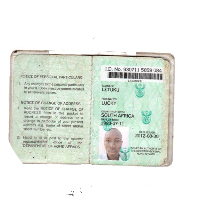About LUCKY
Creativity: The ability to think outside the box and create original and engaging designs. Technical Proficiency: Familiarity with graphic design software such as Adobe Creative Suite (Photoshop, Illustrator, InDesign) or other design tools like Sketch, Figma, and CorelDRAW. Typography: Understanding of typefaces, font selection, and the use of typography in design. Color Theory: Knowledge of color theory, color combinations, and the emotional impact of colors. Layout and Composition: Skills in arranging elements on a page or screen to create a visually appealing and effective design. Branding: Ability to create and maintain a consistent brand identity across various media and platforms. Communication: Strong verbal and written communication skills to convey ideas and collaborate with clients and team members. Attention to Detail: Precision and attention to detail to ensure high-quality and error-free designs. Time Management: Efficiently managing time and deadlines to complete projects on schedule. Problem-Solving: Ability to address design challenges and find creative solutions. Adaptability: Staying current with design trends and adapting to new technologies and methodologies. User Experience (UX) Design: Understanding user-centered design principles to create intuitive and user-friendly interfaces. Illustration: Skills in creating custom illustrations and graphics. Print Design: Knowledge of print production processes, including prepress, file preparation, and working with printers. Web Design: Familiarity with web design principles, HTML, CSS, and responsive design. These skills collectively enable graphic designers to create compelling visual content for a variety of media and purposes.
